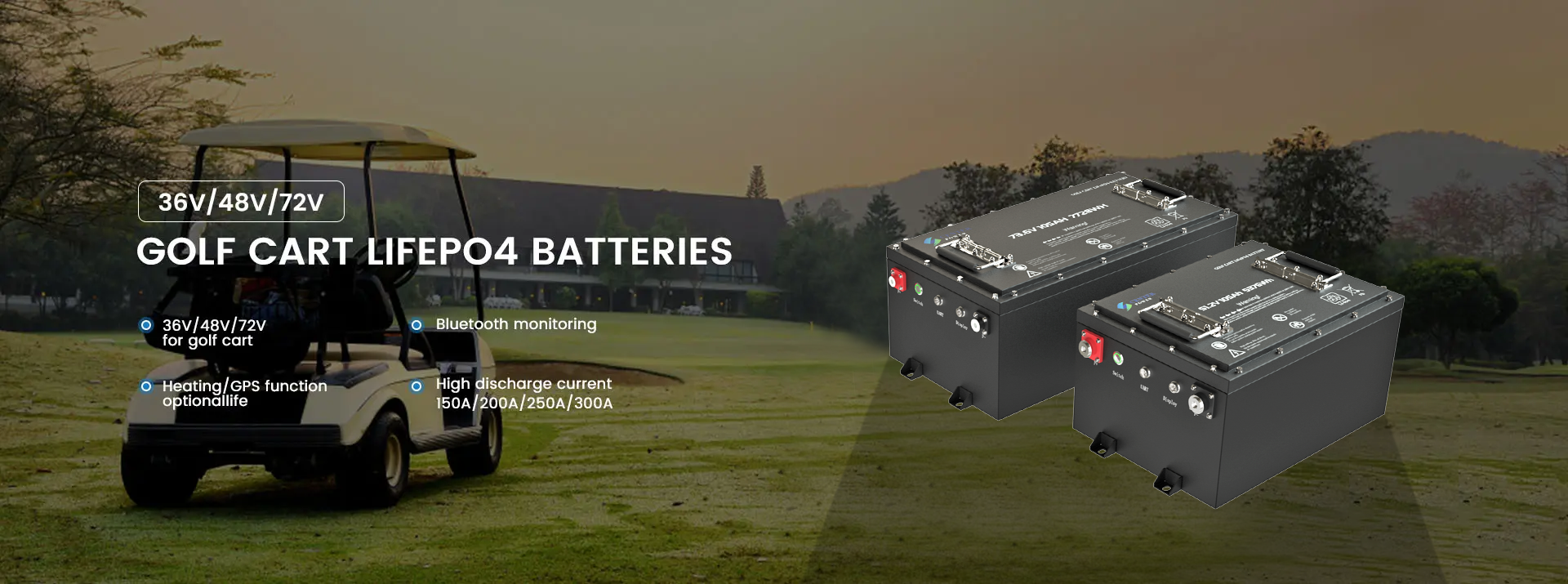A marine starting battery (also known as a cranking battery) is a type of battery designed specifically to provide a high burst of energy to start a boat's engine. Once the engine is running, the battery is recharged by the alternator or generator onboard.
Key Features of a Marine Starting Battery
- High Cold Cranking Amps (CCA):
- Delivers a strong, quick burst of power to turn over the engine, even in cold conditions.
- CCA rating indicates the battery’s ability to start an engine at 0°F (-17.8°C).
- Quick Discharge:
- Releases energy in a short burst rather than providing continuous power over time.
- Not Designed for Deep Cycling:
- These batteries are not meant to be deeply discharged repeatedly, as it can damage them.
- Best for short-term, high-energy use (e.g., engine starting).
- Construction:
- Typically lead-acid (flooded or AGM), though some lithium-ion options are available for lightweight, high-performance needs.
- Built to handle vibrations and rough conditions typical in marine environments.
Applications of a Marine Starting Battery
- Starting outboard or inboard engines.
- Used in boats with minimal accessory power requirements, where a separate deep-cycle battery isn't necessary.
When to Choose a Marine Starting Battery
- If your boat’s engine and electrical system include a dedicated alternator to recharge the battery quickly.
- If you don’t need the battery to power onboard electronics or trolling motors for extended periods.
Important Note: Many boats use dual-purpose batteries that combine the functions of starting and deep cycling for convenience, especially in smaller vessels. However, for larger setups, separating starting and deep-cycle batteries is more efficient.

Post time: Nov-25-2024





